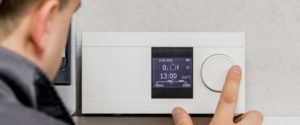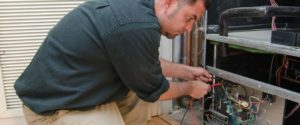Talking about HVAC maintenance, have you ever experienced one of those freezing cold days when the heat stops working? I’m sure if you have, you won’t forget it anytime soon. But did you ever think that those kinds of days could possibly be avoided?
What is Preventive HVAC Maintenance?
Referring to our HVAC Dictionary, here’s the definition of preventive maintenance. “Regular and systematic inspection, cleaning, and replacement of worn parts, materials, and systems. Preventive maintenance helps to prevent parts, material, and systems failure by ensuring that parts, materials, and systems are in good working order.”
While that definition makes it pretty clear what we mean by preventive maintenance, it might not be enough. Did you know that reactive maintenance (calling when the breakdown has already happened) is the most expensive way to maintain your HVAC system? Here’s why. Usually, by the time a client realizes there is a problem, it has become an emergency. For instance, the first cold Monday of the year, you roll into work and it’s 50° inside. That’s an emergency situation. And most HVAC maintenance companies (yes, dirty rascals they are!) charge a premium for emergency service. Why? Because the client is willing to pay it to regain a comfortable environment and because it’s a disruption to the lucky buggers who have scheduled maintenance for that day!
The benefits of preventive HVAC Maintenance are many. From saving energy and money throughout the year to having a comfortable work environment with less worry. You will be saving on reactive maintenance or avoiding it altogether. Plus, then you will have the peace of mind to focus on making your business grow astronomically.
Who Needs Preventive HVAC Maintenance?
If you own a commercial property and you want to aim to avoid HVAC equipment breakdowns, then you’re an excellent candidate. All property owners who want to run an efficient building should know that mechanical equipment is a big investment. Preventive Maintenance is one way to not only extend the lifetime of the equipment but also make sure it’s running efficiently. Plus, it’s one way to ensure a comfortable workplace environment.





